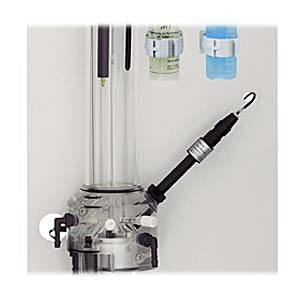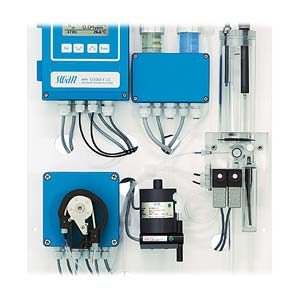
Free chlorine analyzer has proven to be an extremely popular instrument with many hundreds of monitors in operation in Canada today. The AMI Trides provides state-of-the-art three-electrode sensor technology, exceptionally long chlorine sensor life, sensor self-cleaning, and requires only simple…



